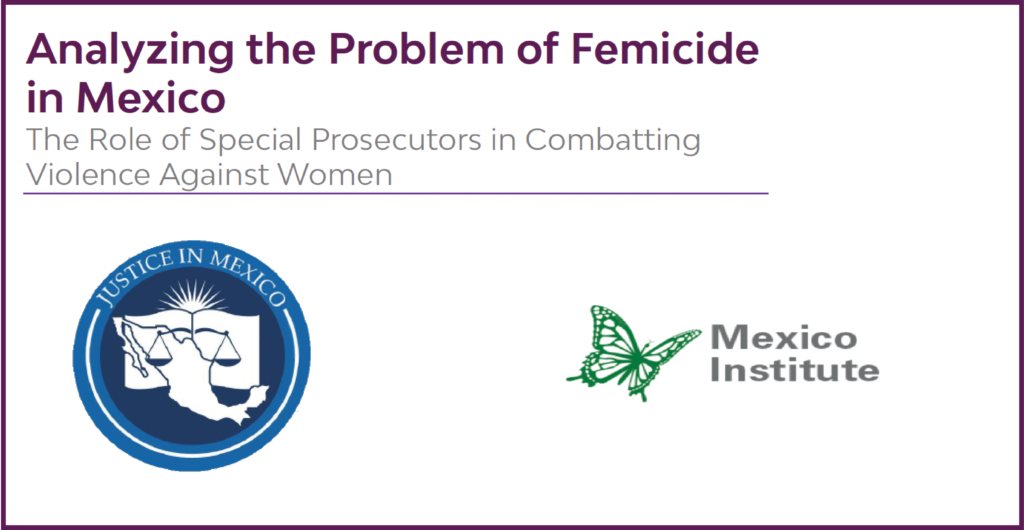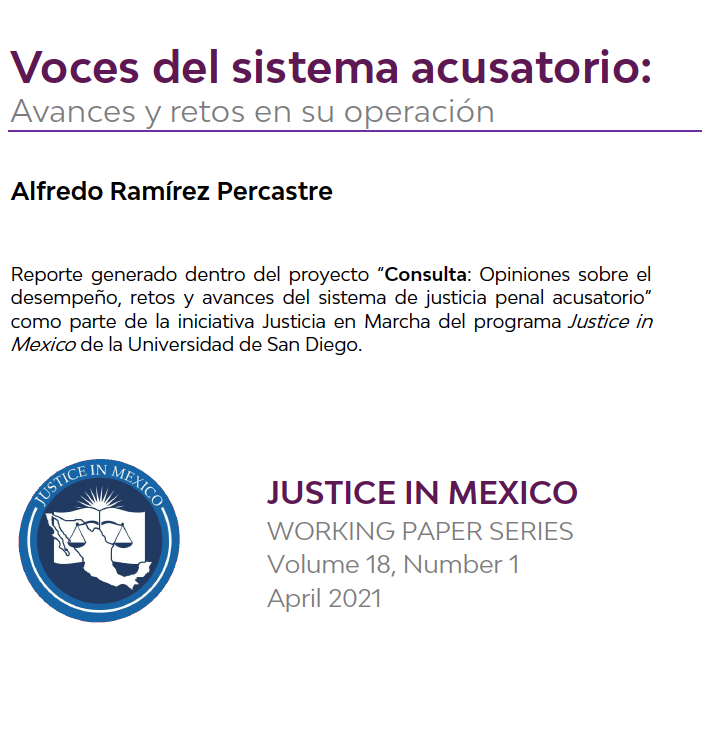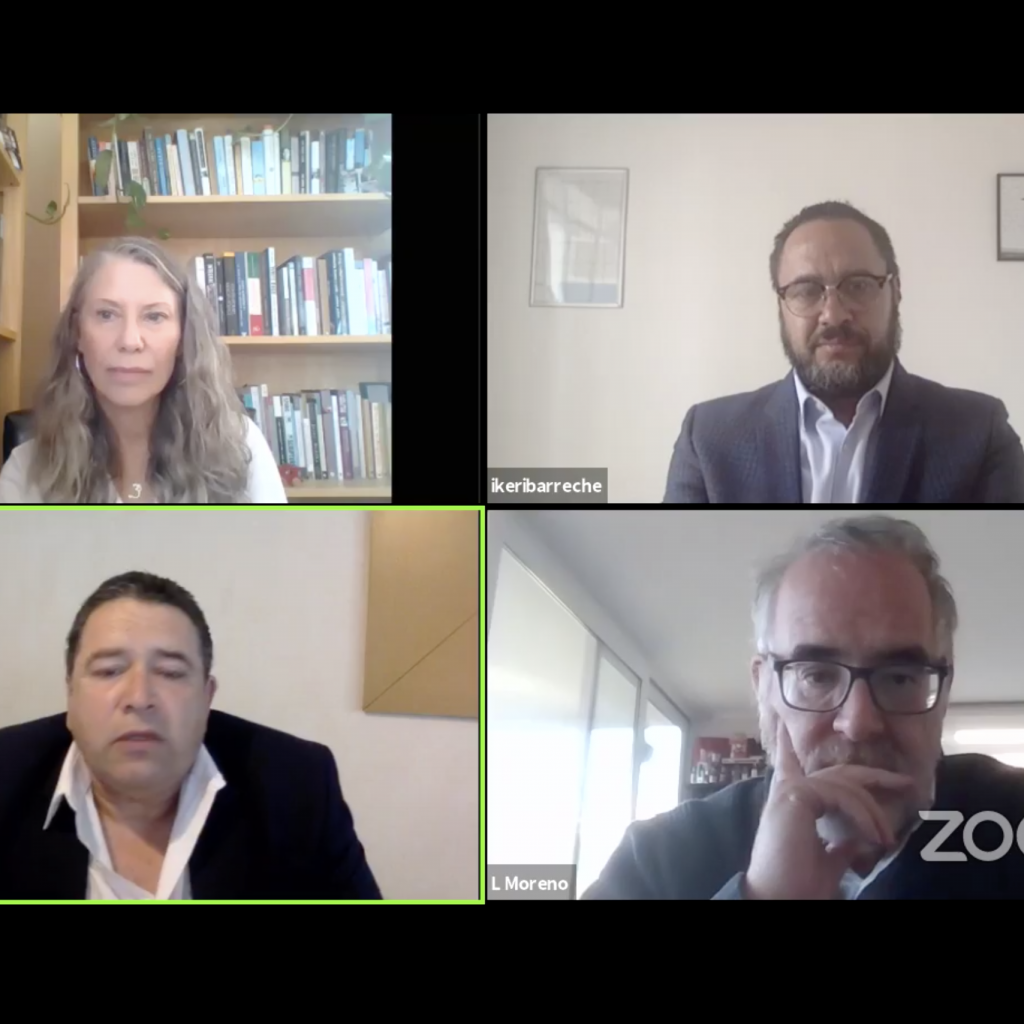
1/30/14 – Moving into the sixth year of the eight-year period to implement the New System of Criminal Justice (Nuevo Sistema de Justicia Penal, NSJP), there has been some progress made toward implementing the reform mandated by the 2008 package of constitutional amendments to improve Mexico’s justice system. With only two years left, however, most states have opted to delay implementation until they have the necessary infrastructure and training in place. As some states have chosen to make a gradual transition by district and/or type of crime, the NSJP is only partially operational in 13 states. The new system is fully operational in all districts for all crimes in just three states: Chihuahua, México (Estado de México, Edomex), and Morelos.
While according to the Technical Secretariat of the Coordinating Council for the Implementation of the Criminal Justice System (Secretaría Técnica del Consejo de Coordinación para la Implementación del Sistema de Justicia Penal, SETEC), the states that have not yet implemented the reform are at least in an intermediate or advanced stage of planning. Still experts, policy makers, and observers have concerns that Mexico has not made enough progress to fully implement the reform.
According to data compiled by Justice in Mexico, by the end of 2013 only 776 municipalities in Mexico have implemented the NSJP, which represents only 33% of the country’s 2,459 municipalities. With a total country population of 110,991,953, and the amount of people living in such municipalities, it means that only a third of the Mexican population (33%) is now living under the new system. Moreover if one considers that the State of Mexico, the highest populated state, is one of the three that have fully implemented the reform, 41% of all Mexicans living under the NSJP are in Edomex.
This information suggests that there has not been an adequate progress in the last four years in the implementation process. Thus, the states and the federal governments will have to make a stronger push over the next two years to overcome the long period of judicial backlog and to fully implement the NSJP both at the state and the federal levels. Ultimately, as noted in Justice in Mexico’s 2010 Report on this issues: “[a]bove and beyond the recent reforms, there is a need to promote greater professionalism and accountability in the judicial sector.”
Sources:
Ingram, M. & Shirk, D. “Judicial Reform in Mexico.” Justice in Mexico Project. May 2010.
“Metodología para Clasificación y Estratificación de Entidades Federativas.” SETEC. January 2014.




